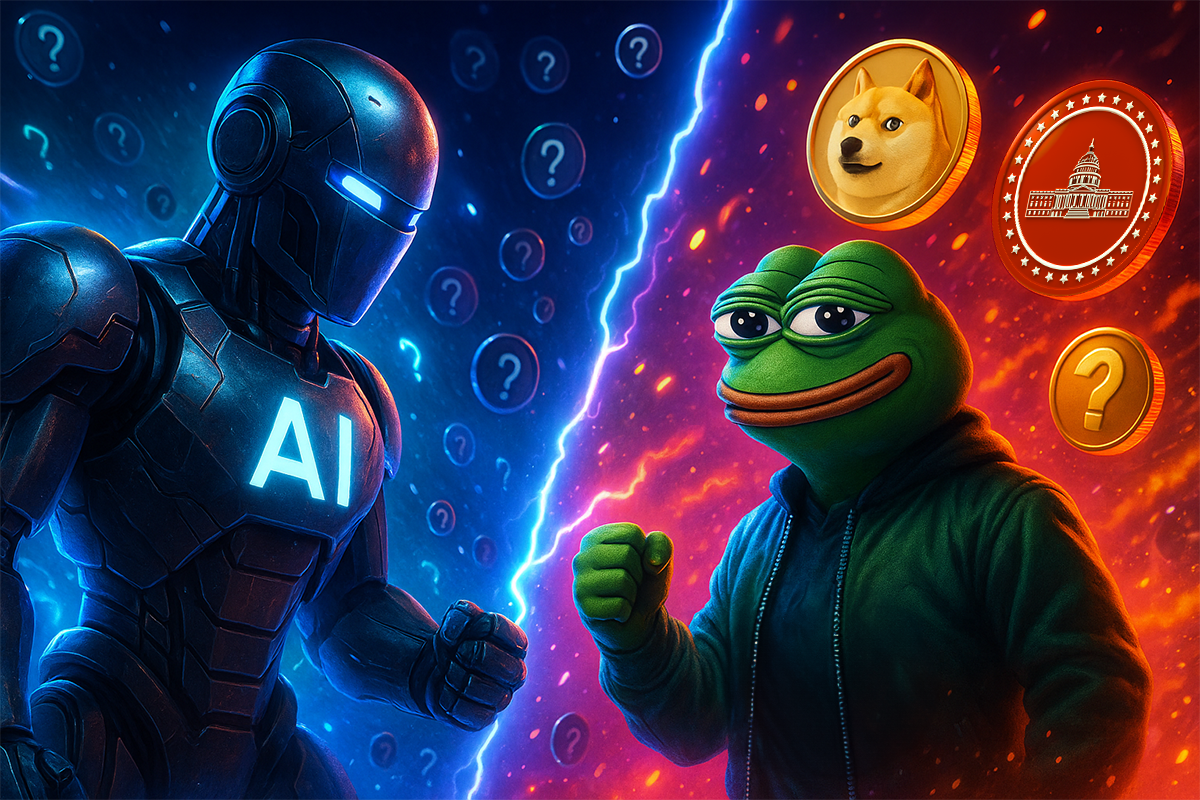PANews reported on October 8th that, according to Blockworks, the Solana Decentralized Physical Infrastructure Network (DePIN) project, Grass, is raising $10 million in a bridge financing round. This follows the project's previous seed and Series A funding rounds. Andrej Radonjic of Grass revealed to Blockworks that Polychain and Tribe Capital participated in this bridge round, which primarily involved token purchases. The Grass team is reportedly looking to prepare for the transition from training computation cycles to inference, with the ultimate goal of achieving "internet-scale web crawler" operations, which will enable them to build real-time contextual retrieval capabilities.PANews reported on October 8th that, according to Blockworks, the Solana Decentralized Physical Infrastructure Network (DePIN) project, Grass, is raising $10 million in a bridge financing round. This follows the project's previous seed and Series A funding rounds. Andrej Radonjic of Grass revealed to Blockworks that Polychain and Tribe Capital participated in this bridge round, which primarily involved token purchases. The Grass team is reportedly looking to prepare for the transition from training computation cycles to inference, with the ultimate goal of achieving "internet-scale web crawler" operations, which will enable them to build real-time contextual retrieval capabilities.
DePIN project Grass is raising $10 million in bridge financing, with participation from Polychain and Tribe Capital
2025/10/08 08:59
PANews reported on October 8th that, according to Blockworks, the Solana Decentralized Physical Infrastructure Network (DePIN) project, Grass, is raising $10 million in a bridge financing round. This follows the project's previous seed and Series A funding rounds. Andrej Radonjic of Grass revealed to Blockworks that Polychain and Tribe Capital participated in this bridge round, which primarily involved token purchases. The Grass team is reportedly looking to prepare for the transition from training computation cycles to inference, with the ultimate goal of achieving "internet-scale web crawler" operations, which will enable them to build real-time contextual retrieval capabilities.
Disclaimer: The articles reposted on this site are sourced from public platforms and are provided for informational purposes only. They do not necessarily reflect the views of MEXC. All rights remain with the original authors. If you believe any content infringes on third-party rights, please contact [email protected] for removal. MEXC makes no guarantees regarding the accuracy, completeness, or timeliness of the content and is not responsible for any actions taken based on the information provided. The content does not constitute financial, legal, or other professional advice, nor should it be considered a recommendation or endorsement by MEXC.
Share Insights
You May Also Like

AI Cryptos vs. Memecoins: The Battle for Bigger Returns
The 2025 bull market is rapidly shaping into a showdown between two dominant forces: AI-driven cryptocurrencies and memecoins. On one side are tokens leveraging artificial intelligence to power automation, analytics, and decentralized decision-making. On the other, memecoins, born from culture and community, are surging on sheer viral momentum. Both are attracting capital, attention, and speculation […] Continue Reading: AI Cryptos vs. Memecoins: The Battle for Bigger Returns
Share
Coinstats2025/10/08 10:30
Share

Bitcoin (₿) Eyes $130K Next — Analysts Highlight Ethereum and MAGACOIN FINANCE as Top Altcoins to Buy Now
Over the first week of October, the price of Bitcoin (BTC) continued to rise, trading at $125,500. Moreover, the early week prices for BTC reached an all-time high of around $125,800. Buying from institutions, inflows into exchange-traded funds, and macroeconomic uncertainty, including the US government shutdown, are contributing to the current momentum. According to the […] Continue Reading: Bitcoin (₿) Eyes $130K Next — Analysts Highlight Ethereum and MAGACOIN FINANCE as Top Altcoins to Buy Now
Share
Coinstats2025/10/08 11:00
Share

What is Play-to-Earn Gaming? Unlocking New Possibilities
The post What is Play-to-Earn Gaming? Unlocking New Possibilities appeared on BitcoinEthereumNews.com. The Play-to-Earn (P2E) model is playing a key role in the advancement of the crypto industry. Users are able to earn crypto by playing games and get involved with global communities of gamers, creators, and developers. In this article, we’ll explore the functionalities of P2E gaming, its core features, potential risks, benefits, legal issues, and highlight some of the most impactful games shaping the Web3 gaming frontier. What is Play-to-Earn Gaming? As its name implies, you gain rewards for playing the game. Players in Play-to-Earn games get involved with blockchain networks and can receive crypto assets or NFTs as prizes. The assets you acquire can be sold, traded or kept as an investment to see if their value rises. In Axie Infinity, players gathered and combated Axies, which are fantastical creatures. The game gave players SLP, a coin that works the same as money and could be traded for fiat currencies or other coins. Due to its success, it has grown into a more advanced and eco-friendly economy on current gaming platforms. How P2E Works? Most P2E gaming relies on Ethereum and Layer 2 networks, including Immutable, Ronin, and Base. Users are given both tokens and NFTs for accomplishing various game goals, such as: Completing missions or winning battles Trading or crafting in-game items Participating in tournaments or community events Staking assets or voting in DAOs The main difference between P2E games and traditional ones is that players can truly own what they earn in the game. Weapons, land, avatars, and resources on the Web3 game are tokenized, enabling you to trade or transfer them elsewhere. For example, users in Decentraland are able to purchase virtual land as NFTs, set up experiences and earn money from events or the services they provide. They are different from other items since they…
Share
BitcoinEthereumNews2025/09/19 21:33
Share